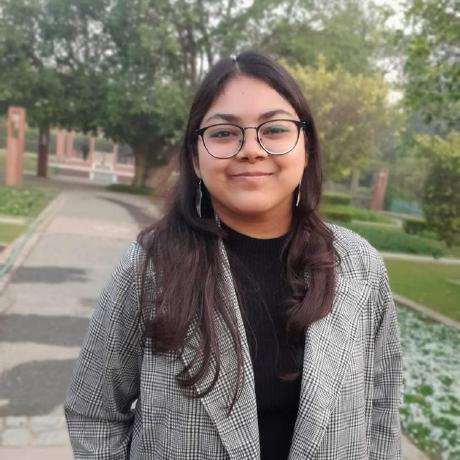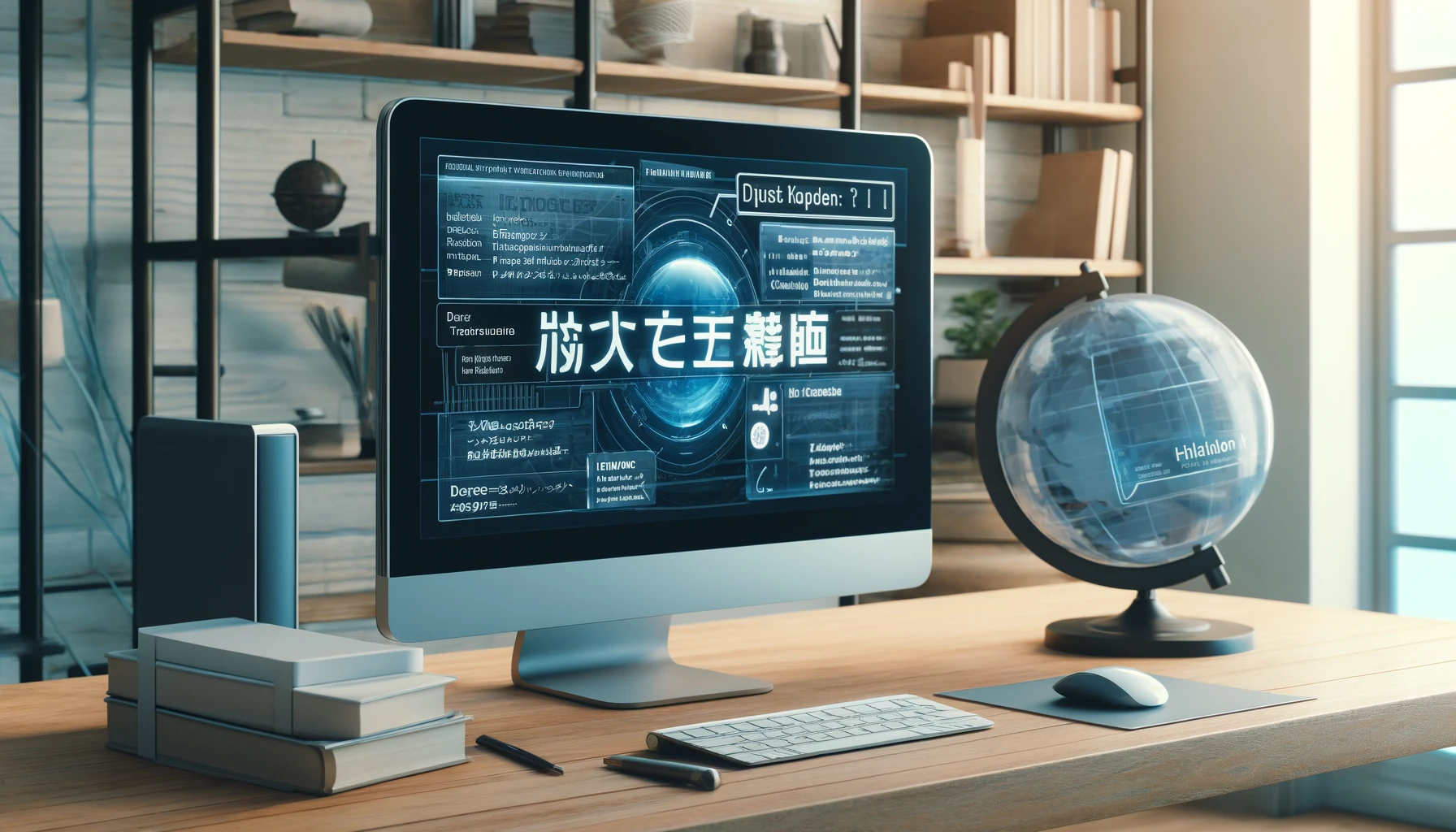Lost in Translation Understanding Parallel Corpora in Machine Translation
 Trinita Roy
Trinita Roy
In the digital age, the ability to communicate across languages is more crucial than ever. Whether it's for global business, online education, or cultural exchange, breaking down language barriers is key. One of the most exciting tools helping us achieve this is machine translation (MT)—the technology behind tools like Google Translate. But how do these systems learn to translate so effectively? A significant part of the answer lies in something called a "parallel corpus." Let’s dive into what this is and why it's so important for machine translation.
What is a Parallel Corpus?
Imagine you have a book that you love, and you find it in two different languages—one in English and the other in Spanish. If you were to line up the sentences in English alongside their corresponding Spanish translations, you would have created a small "parallel corpus." In technical terms, a parallel corpus is simply a collection of texts in one language aligned with their translations in one or more other languages. These texts can be anything from books, movie subtitles, and scientific articles, to everyday conversations.
Why Are Parallel Corpora Important in Machine Translation?
Parallel corpora are the foundational building blocks for most modern machine translation systems, especially those using statistical or neural network models. Here's how they help:
Training Machine Learning Models: Just as a child learns a language by listening to and mimicking others, machine translation systems learn from examples. They analyze large amounts of text from parallel corpora to detect patterns and understand how words, phrases, and sentences are translated from one language to another.
Accuracy and Context: Languages are full of nuances, and context can change the meaning of words significantly. Parallel corpora provide the contextual examples that MT systems need to understand these subtleties. For instance, the English word "bank" can mean the edge of a river or a financial institution, and correct translations depend on the context, which the corpus provides.
Coverage: The more comprehensive a parallel corpus is, the better an MT system can handle a variety of texts. For example, medical translations need a corpus containing medical texts to ensure accuracy, just as literary translations benefit from corpora of novels, poems, and plays.
Building a Parallel Corpus
Creating a parallel corpus is a meticulous task. It involves not only gathering texts in multiple languages but also ensuring that the translations are accurate and the alignments are correct. This often requires expert translators and sophisticated software. Once built, these corpora need to be regularly updated to reflect changes in language use and include diverse forms of communication (like slang or technical jargon).
Challenges and Limitations
While parallel corpora are invaluable, they're not without challenges:
Limited Language Pairs: Some languages have plenty of resources (like English and French), while others (like English and Tagalog) may not have as much available data. This disparity can lead to translation tools performing well for some languages but poorly for others.
Quality Over Quantity: A large corpus is good, but a large, high-quality corpus is much better. Poor translations or misalignments in the data can teach the MT system incorrect information, leading to errors.
Cultural Nuances: Language is deeply tied to culture, and some cultural concepts might not translate neatly from one language to another. This makes creating a parallel corpus that accurately captures cultural nuances quite challenging.
The Future of Machine Translation
As technology advances, the creation and refinement of parallel corpora are becoming more sophisticated. With developments in artificial intelligence and machine learning, MT systems are starting to handle languages with fewer resources more effectively. Additionally, community-driven projects and open-source initiatives are helping to fill gaps in underrepresented languages.
In conclusion, parallel corpora are a cornerstone of machine translation technology, providing the essential data needed to bridge language divides. As our world grows more interconnected, the role of these resources will only increase, making accurate and accessible communication possible for everyone. Whether you're a language enthusiast, a global businessperson, or just someone who loves learning about technology, the development of these tools has exciting implications for us all.
Subscribe to my newsletter
Read articles from Trinita Roy directly inside your inbox. Subscribe to the newsletter, and don't miss out.
Written by

Trinita Roy
Trinita Roy
I work at Bosch. Prior to this, I was a Gen - AI researcher at Fraunhofer IPA, and an AI/ML Research Scientist with 2 years of experience at SciSpace, currently pursuing my 2nd Masters in Computational Linguistics at the University of Stuttgart. I bring a robust foundation in applied NLP, Large Language Models (LLMs), Gen AI, Information Retrieval, and Retrieval Augmented Generation (RAG) pipelines. I am adept at optimizing and deploying cutting-edge AI infrastructure. I am passionate about creating impactful AI solutions by contributing to research endeavours.